Active learning is an approach to instruction in which students are actively engaged in the learning process, instead of just sitting and taking in information. Research suggests that it’s more effective at promoting deeper learning and understanding than traditional “sit and get” approaches—and it benefits students in other ways as well.
Active learning can take many forms. Some of the most common include student-led inquiry, discussion and debate, small group collaboration, project-based learning, and peer instruction.
Active learning is important because it leads to higher-order thinking and deeper learning. Listening to a lecture, reading a textbook, or watching a video can be useful in promoting learning at the lower end of Bloom’s Taxonomy, such as having students remember or understand information. But these techniques aren’t sufficient to promote higher-order skills such as applying, analyzing, and evaluating information.
What the Research Says
There is plenty of evidence to suggest that active learning improves academic achievement. A review of the research indicates that active learning leads to greater retention and transfer of information, better student engagement and motivation, and less frequent failure rates, among other benefits.
For instance, Bonwell and Eison (1991) summarize the research on active learning and conclude that it leads to “better student attitudes and improvements in students’ thinking and writing.” Wankat (2002) cites multiple studies suggesting that students’ attention spans last no more than 15 minutes during direct instruction. Hake (1998) examined pre- and post-test data for more than 6,000 college physics students and found that active learning strategies led to “significantly improved performance.” Johnson, Johnson, and Smith (1998) looked at 168 studies between 1924 and 1997 and found that collaborative learning led to better outcomes than if students were learning individually.
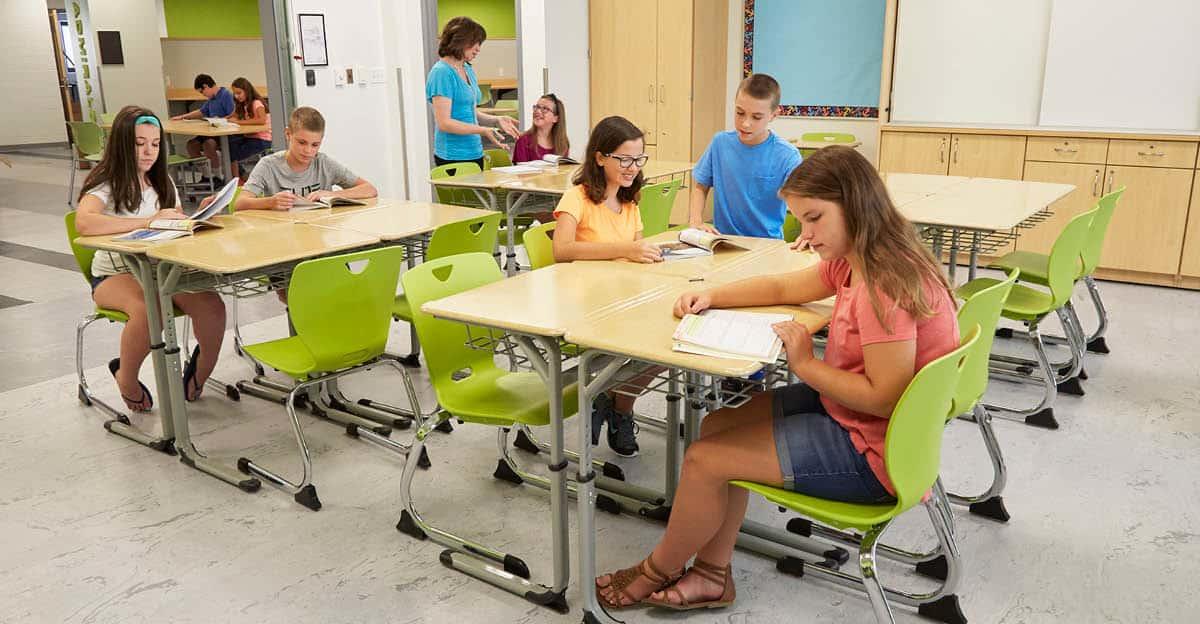
Fostering 21st-Century Skills
Active learning doesn’t just improve student achievement. It also helps foster essential 21st-century skills such as communication, collaboration, creativity, critical thinking, and problem solving. When students are thinking, discussing, sharing, making, and collaborating, they aren’t just creating new knowledge; they’re practicing the skills that today’s employers desire.
For instance, the National Association of Colleges and Employers recently asked hiring managers to identify which skills are most important to them in the candidates they hire, beyond a strong GPA and the technical knowledge required for the job. Problem solving and the ability to work in a team were among the top responses in the survey, and these are skills that active learning develops.
The Right Environment Matters
While active learning helps students learn content more deeply and builds skills that are imperative for students’ careers, the right kind of classroom environment is needed for active learning to succeed. For instance, students need flexible learning spaces, opportunities for movement, and tools to support inquiry and collaboration—and these requirements are essential elements of learning space design.
Learn more about the critical connection between active learning and classroom design.

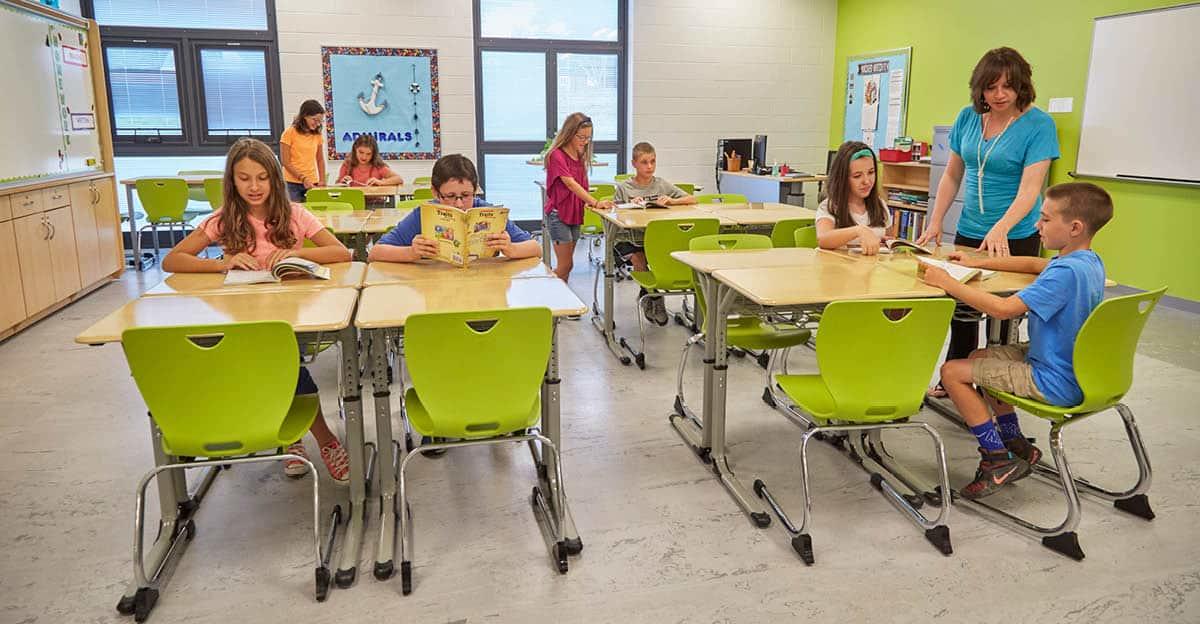
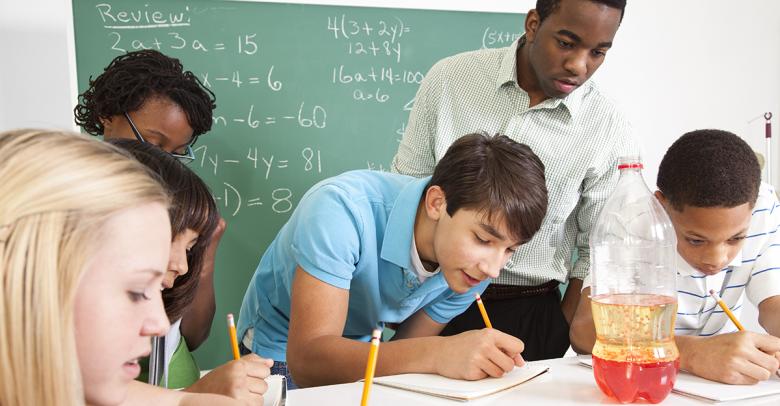

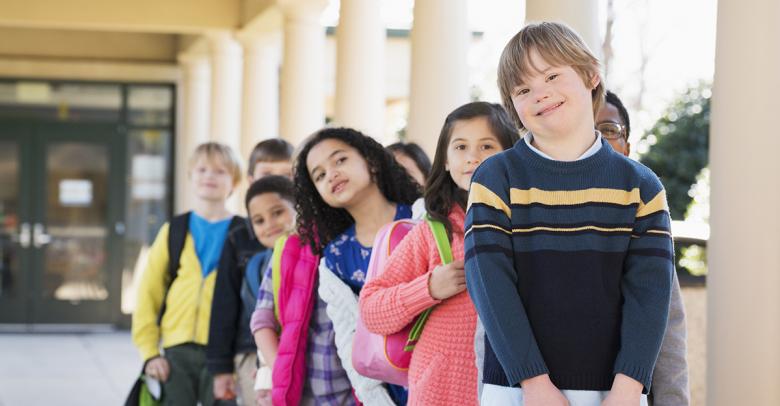
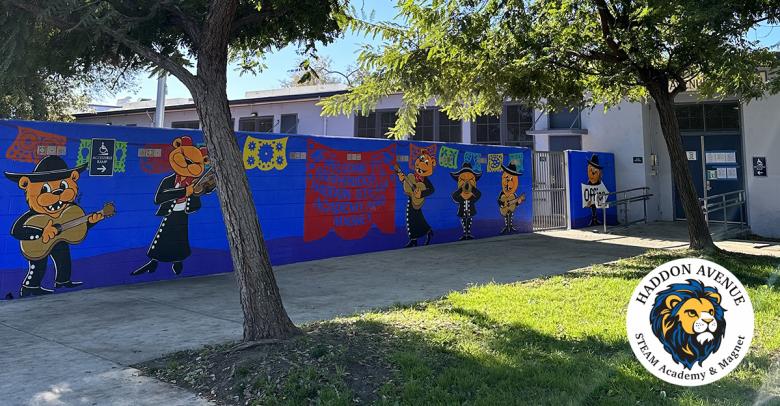
Leave a Reply